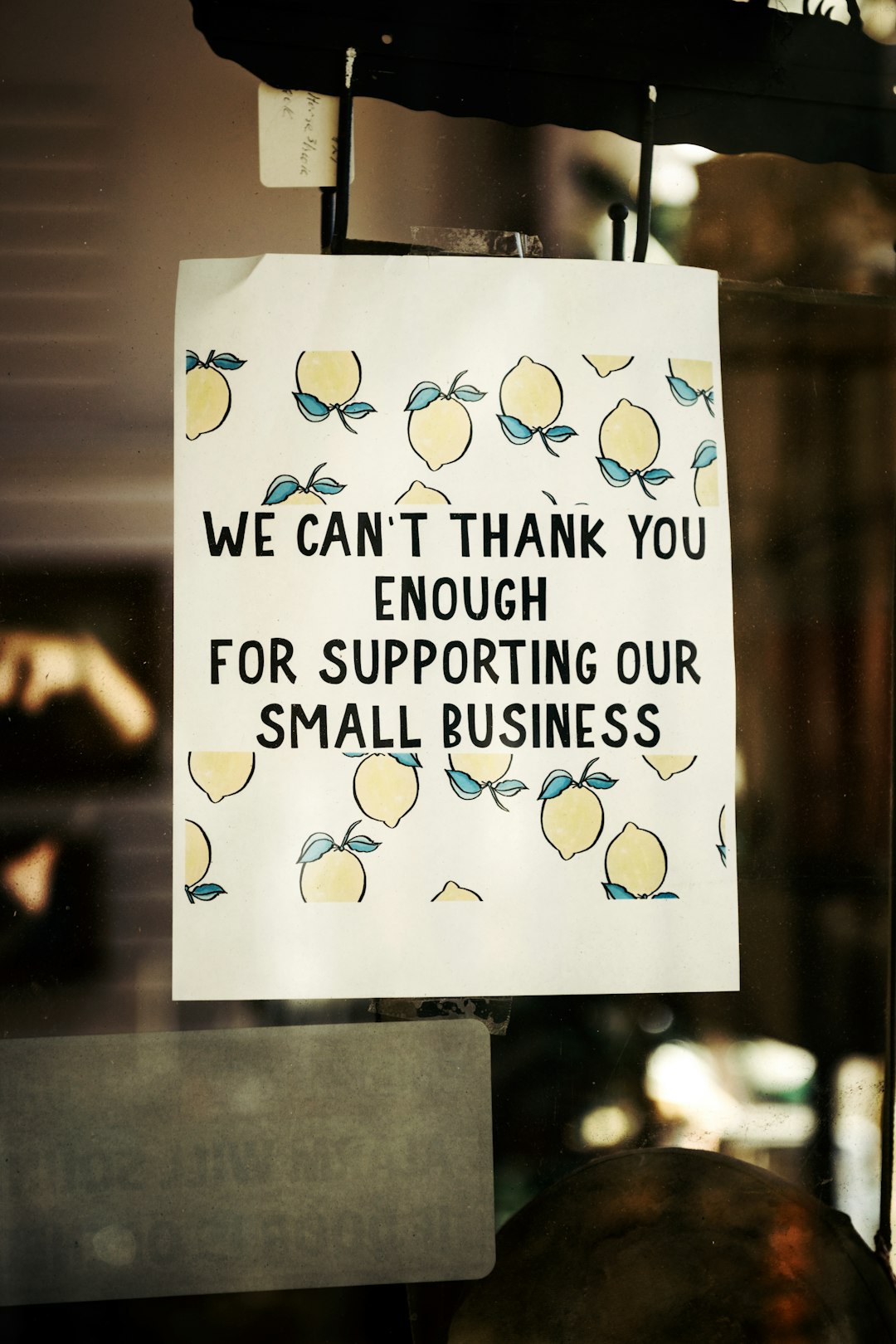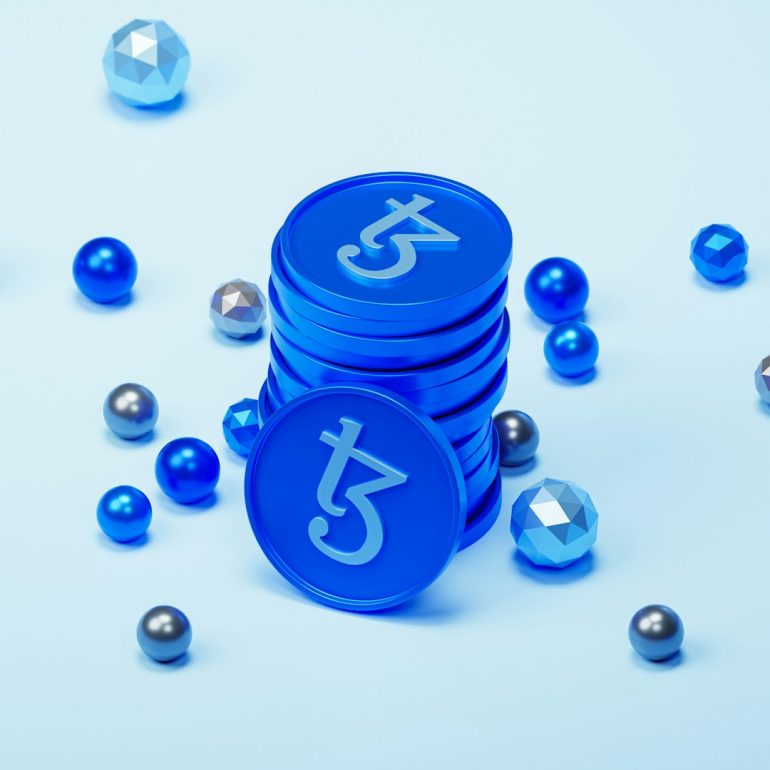What are the essential CRM metrics to track for business success?
Most businesses today use CRM tools to manage customer relationships. But using CRM isn’t enough. You need to track the right metrics to really succeed. Good data = smart decisions. Let’s break down the *essential CRM metrics* your business should be checking regularly. Don’t worry — we’ll keep it simple and fun!
1. Customer Acquisition Cost (CAC)
Table of Contents
First things first — how much are you spending to get each customer?
This metric is called Customer Acquisition Cost or CAC. It includes money spent on ads, promotions, marketing team salaries, and sales tools.
Formula: Total Sales and Marketing Costs ÷ Number of New Customers
Lower CAC means you’re getting better at attracting customers without draining your budget.

2. Customer Lifetime Value (CLV)
This one is super important.
Customer Lifetime Value is how much a customer brings in over their total time with your business. A high CLV? That’s a loyal, valuable customer!
If CLV is higher than CAC, great! You’re making a profit. If not, it’s time to rethink your strategy.
Tip: Focus on keeping your existing customers happy. It’s often cheaper than finding new ones.
3. Conversion Rate
This tells you how many leads are turning into actual customers. You want this number to grow!
Formula: (Number of Conversions ÷ Total Leads) × 100
If you’re getting tons of leads but not many buyers, your sales funnel might need some tweaking.
4. Lead Response Time
Speed matters in sales.
Lead Response Time measures how quickly your team contacts a lead after they reach out. The faster you respond, the higher the chance of closing the deal.
Fun fact: Responding within five minutes can make you 100 times more likely to connect with a lead. 🚀
5. Customer Retention Rate
How good are you at keeping your customers?
This metric shows the percentage of customers who stay over a certain time. Loyal customers = more revenue and free word-of-mouth marketing!
Formula: [(Customers at End of Period − New Customers) ÷ Customers at Start of Period] × 100

6. Churn Rate
This is the flip side of retention.
Churn Rate tells you how many customers say goodbye. A high churn rate is a red flag.
You might need to improve customer service or your product offerings. Or maybe just check in and listen to feedback!
7. Sales Cycle Length
This is how long it takes to go from first contact to closing a sale.
A short cycle? Great, you’re efficient. A long one? Maybe your process has too many steps.
Use this data to streamline your workflow and close deals faster.
8. Net Promoter Score (NPS)
Want to know how much your customers love you? Track your Net Promoter Score.
Usually gathered from a one-question survey: “How likely are you to recommend us to a friend?”
Scores range from -100 to 100. Higher is better!
If people love your brand, they’ll share it. That means more business with zero marketing cost.
Why These Metrics Matter
It’s easy to get lost in data. But focusing on these key metrics helps you make smart choices. Here’s what they do:
- Reveal what’s working (and what’s not)
- Boost customer happiness
- Improve team performance
- Save money and time
Final Thoughts
CRM metrics may sound boring. But they’re actually your business’s secret superpower.
With the right data, you can unlock big wins 🌟. Better relationships. More sales. Happier teams.
So start tracking today. Keep it simple. Stay consistent. And watch your business grow!







